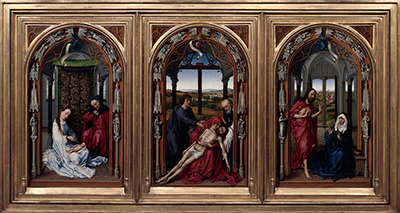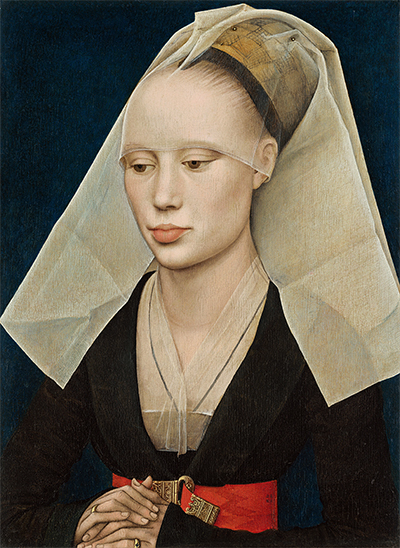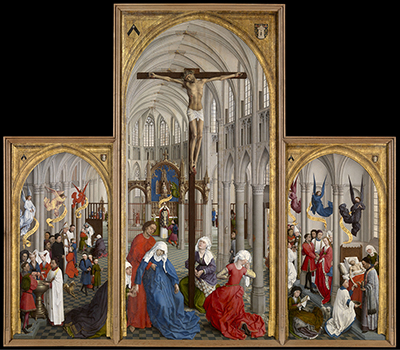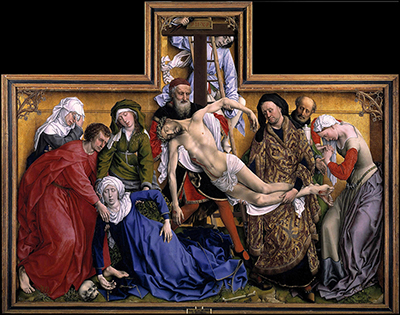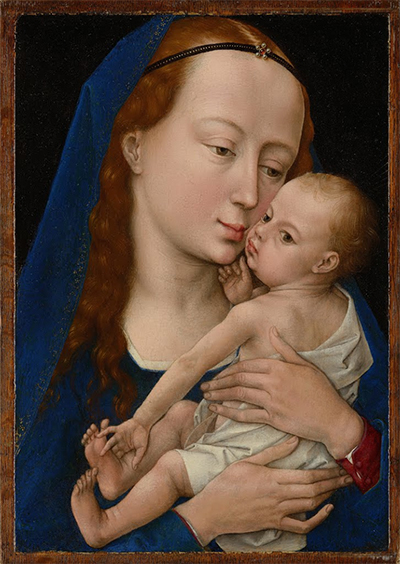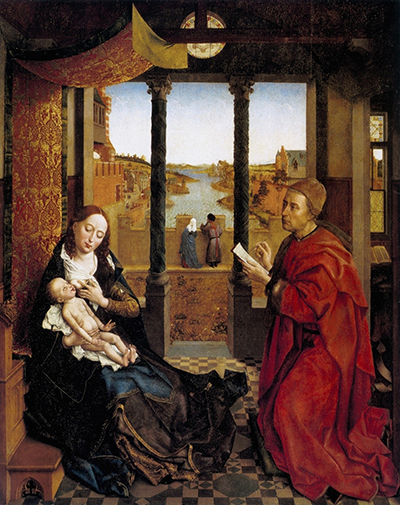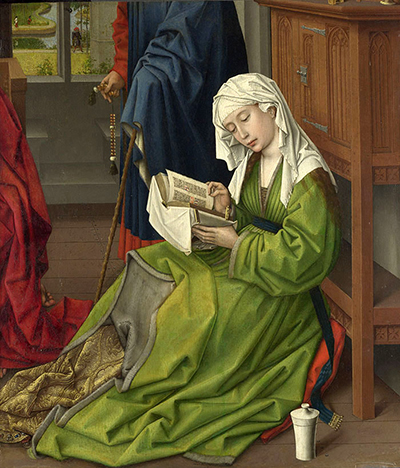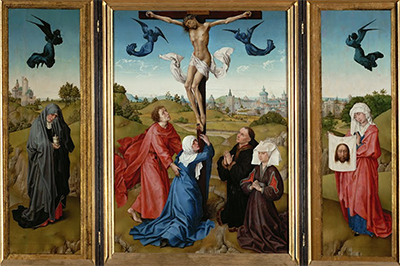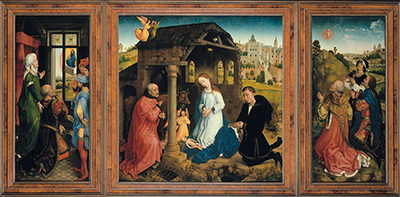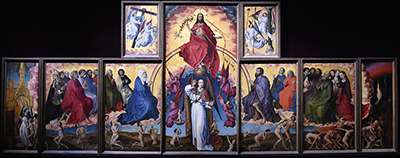Despite being a multi-skilled artist, the academic focus has always been on the paintings of Rogier van der Weyden, which feature an array of emotionally-charged religious scenes, as common for 15th century Netherlandish artists.
First and foremost, artist Rogier van der Weyden was devoted to the work of fellow artist, Jan van Eyck. The clearest element to have transitioned from Van Eyck's paintings to his keen followers' would have been in iconography, that is the inclusion of items around the scene which provide additional symbolism to the main figures or features. They would both be heavily involved in depicting scenes from the Bible, sometimes in the form of altarpieces and triptychs, depending on the particular purpose of each commission.
This artist was famous for the way in which he depicted his scenes and communicated emotion and passion in a way that was rarely scene at this stage in European art. The flattened profiles of paintings prior to the Renaissance would develop into more realistic and beautiful scenes within this groundbreaking period, but few artists, either in Italy or Netherlandish regions, would match the emotional portraits of this supreme artist. In fact, for many years he was considered the superior to his idol, Van Eyck, though that would be reversed several centuries later.
Having worshipped the brilliance of Jan van Eyck, they would become known as two thirds of the Flemish Primitives, alongside the gifted figure of Robert Campin who completed this artistic trio. At this stage, European culture was in a state of development which would impact art, literature, architecture and theology. The regions of Northern Europe and Italy were the main contributors to this although significant contributions also came from Spain, France and the UK.
The colours used by Van der Weyden were always bright and upbeat, again somewhat unique across this period. Whilst using life models for his work he would always append an energy of drama to the facial features and he would also use a great variety of tones across his works, never repeating the same mixture of colour in another part of the scene. All of these unique attributes suggest that ultimately this artist was ahead of his time and his legacy was to inspire other artists to consider pushing the Renaissance styles ever onwards.
Hans Holbein, who followed in the next century, was perhaps the finest portrait painter from the Northern Renaissance but his style was considered particularly subtle. Rogier van der Weyden was brighter, bolder and also remained true to his roots, whereas Holbein would settle in England as part of Henry VIII's court. Vermeer and Rembrandt were also amongst the most exceptional artists from this region of Europe, specialising in domestic paintings plus self-portraits, respectively. Behind these great masters there was also a plethora of active studios who supported these skilled artists in order to fulfil an endless stream of high profile commissions. During a period of art where everything was particularly precise, with traditional working methods, it would have been impossible for them to deliver the work demanded by themselves.
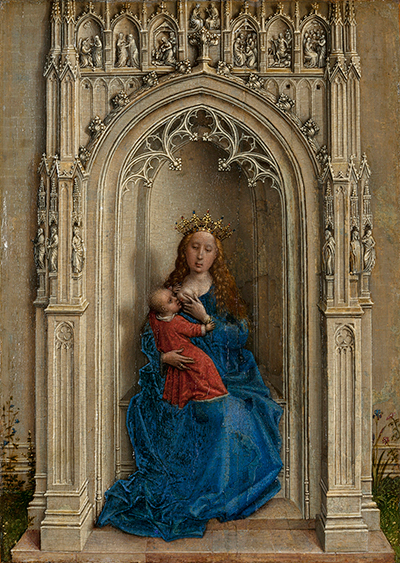
Virgin and Child Enthroned
